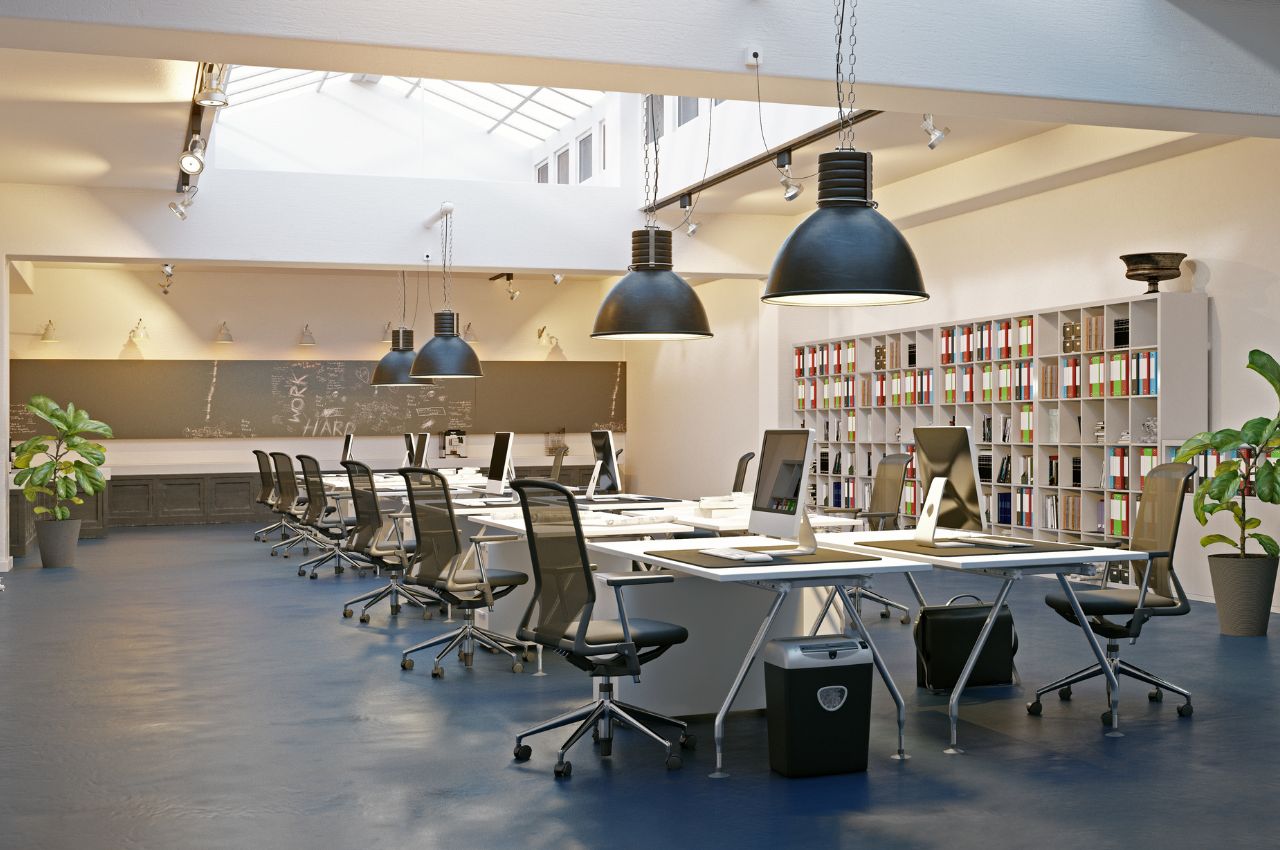
How a Lighting Redesign Can Improve Productivity at the Office
How a Lighting Redesign Can Improve Productivity at the Office
Believe it or not, the simple act of changing up the lighting in your office can have a huge impact on employee productivity. Lighting is often overlooked in office design, but it plays a crucial role in creating a comfortable and productive work environment. Poor lighting can cause eye strain, headaches, and fatigue, which can negatively impact employee morale and productivity. Conversely, an overly bright, stark lighting environment can dampen mood and create a depressed atmosphere. A lighting redesign can help address these issues by creating a more inviting atmosphere that boosts morale and improves productivity. And with more companies trying to attract their employees back to the office, creating a welcoming environment is more important than ever. Let’s take a look some practical ways to implement a lighting redesign that will benefit both you and your team.
Maximize Available Natural Light
Nothing beats natural daylight when it comes to creating a positive work atmosphere. Natural light helps stimulate alertness and increases energy levels, helping employees feel more awake throughout the day. It has also been found that natural light can boost moods and increase creativity by reducing stress hormones like cortisol. If you have windows and/or skylights in your workspace, try configuring the workspace to give your employees as much exposure as possible. If glare from outside light poses an issue, try using an anti-glare film as opposed to curtains and shades.
Improve Task Lighting
Focused task lighting is essential for any office environment because it helps ensure that employees are able to see what they’re doing clearly. Task lighting should be bright enough so that people don’t strain their eyes while working on computers or paperwork but not so bright that it becomes uncomfortable or distracting. Well-designed desk lamps can help with task lighting, along with appropriately placed hanging lights over desk areas. In addition, it’s been shown that the neutral, whiter lighting of “cool” temperature bulbs (3000-4000K) helps people be more alert and productive. Conversely, when employees take breaks, try using warmer, yellow tones (2700K bulbs) in lounge and wellness areas, as these bulbs emulate the comfortable environment of home.
Incorporate Ambient Lighting
While task lighting is great for providing direct illumination, balancing task lighting with ambient lighting is important for setting the overall tone of the office space. Diffused, ambient lighting can also help reduce glare when team members are looking at computer screens. Consider using wall sconces or pendant lights that provide soft yet even distributions of light throughout an entire room instead of harsh overhead fluorescents which can strain eyes after long periods of use.
Consider Installing a “Smart” Lighting System
For offices where natural light access is limited, modern technology now makes it possible to emulate natural lighting and set different “moods” by combining LED lighting with smart lighting controls. This can be particularly useful in an office environment because your entire lighting system can be coordinated with programmable controls to emulate natural lighting that changes during the course of a day, just as daylight changes as the sun crosses the sky. (This is sometimes referred to as “circadian lighting” because it coordinates with our bodies’ natural circadian rhythm.) This type of lighting can greatly improve productivity during the day, but it can also be programmed for more relaxing or festive environments, such as office parties, etc.
At Apollo Electric, our technicians are trained in all aspects of state-of-the-art lighting and electrical installations, including Ketra lighting and Lutron control systems. If you’re looking to implement new lighting in your workspace in the Tri-State area, we can help. Contact us here to learn more.

